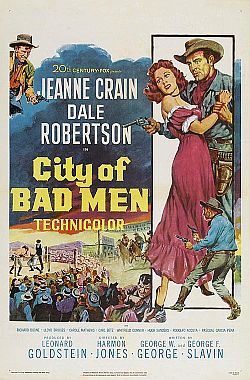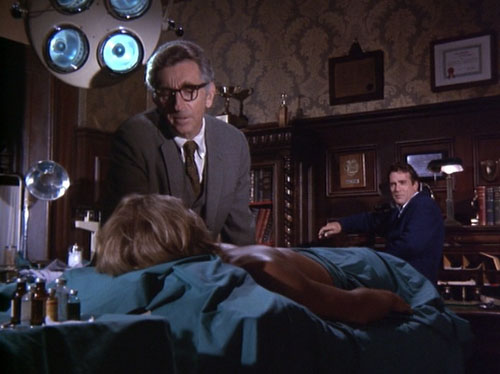Welcome to Retro Television Reviews, a feature where we review some of our favorite and least favorite shows of the past! On Sundays, I will be reviewing the made-for-television movies that used to be a primetime mainstay. Today’s film is 1971’s In Search of America! It can be viewed on YouTube!
College student Mike Olson (young Jeff Bridges) returns home and informs his mother (Vera Miles) and his father (Carl Betz) and his annoyingly quirky grandmother (Ruth McDevitt) that he’s dropped out of college. He apologizes for wasting all the money that they spent on tuition but hey, maybe he can make it up to them by taking them on a journey as he drives across America in an old bus.
Uhmmm….
Now, let me just repeat this so that there is no confusion. This absolutely schmuck took his parents’ money, wasted it, dropped out of college, and now he expects everyone to travel with him across America because he’s decided that he’s a part of the counterculture.
And, instead of telling him to go to Hell and get a job, his family agrees.
Oh sure, Mom is a little bit hesitant about Mike’s idea. But Dad is really enthusiastic. He understands the kids and he wants a chance to relive his own youth, before he got tied down with things like paying bills and being a responsible human being. And, of course, if the Hippies were famous for anything, it was their love of upper class, middle-aged people. Just ask the LaBiancas.
And, of course, grandma is totally excited about it because she’s an old person in a made-for-TV movie.
So, they all board the bus and Mike takes them to a music festival so that they can meet some of his friends. For instance, there’s Nick (Sal Mineo), a drop-out who says that he’s more burned out than turned on. There’s Annie (Tyne Daly), who is going to need someone to help deliver her baby. There’s Bodhi (Glynn Turman), who is some sort of doctor. He and grandma bond of their shared quirkiness. And then there’s Kathy (Renne Jarrett), who is at the music festival despite the fact that she’s really sick and on the verge of dying. When Kathy’s parents (Howard Duff and Kim Hunter) show up looking for her, Mike has to decide whether to save her life or respect her wish to do her own thing.
This was obviously meant to be a pilot for a show where the family would travel around the country and I guess get involved in different adventures each week. The main problem is that, while Jeff Bridges seems to be a bit of a hippie in real life, he’s not particularly convincing in this film. He’s way too clean-cut and his family’s decision to follow him across the country never makes the least bit of sense. As for the hippies themselves, they come across as being so shallow that I found myself wanting to donate money to the Nixon campaign.






